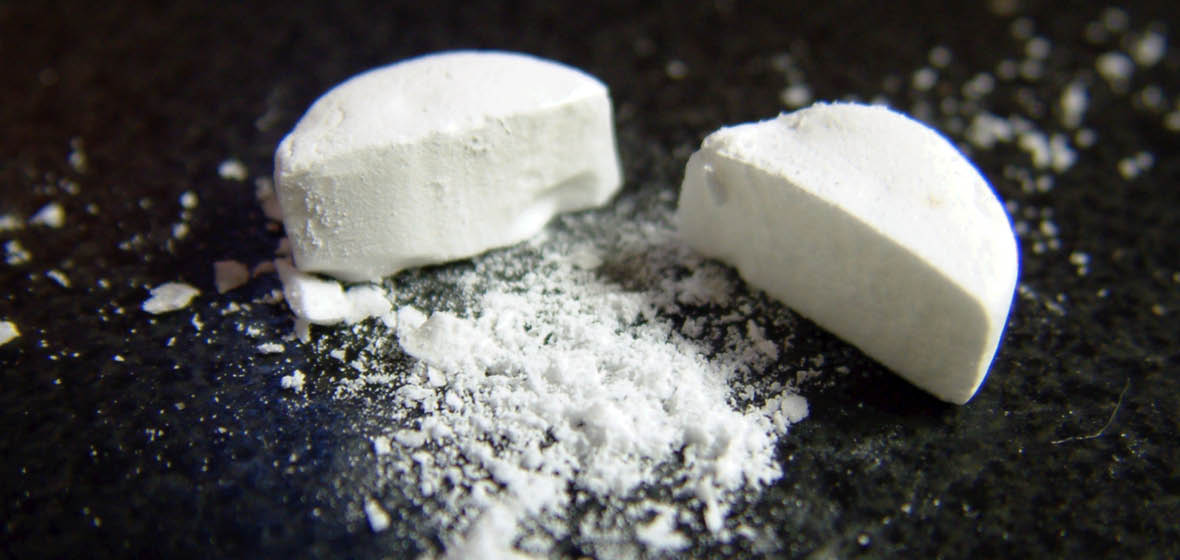Governments have a duty to protect the community from foreseeable harm. One way of doing this is pill-testing.
When I was Director of Public Prosecutions, it was always a source of wry amusement to discontinue a case of drug possession or deemed supply because the chemical analysis showed no prohibited drugs in the pills (or powders) seized.
It happened quite often. It mostly involved young people, often at music events – teenagers and early 20-somethings. It was a familiar process of confrontation, search and seizure, then arrest, charge and remand, almost always on bail. Then the pills would be sent for analysis.
I reflected often on the person’s motivation to obtain and use drugs. Scraping together the money, the furtive transaction with a dealer who may or (more usually) may not have been known to the buyer, the keen anticipation of the buzz they would get and perhaps the social kudos that would come from sharing such good fortune. I wondered if, had the “non-drugs” not been detected, they would have been used as intended and enjoyed anyway (the power of suggestion being so strong).
But instead came the bust – along with the tension, anxiety, publicity, dealing with family, friends, employers and educational bodies, the inconvenience and expense of court and often legal representation, fear of future implications of a conviction and penalty and so on.
Sometimes people avoid such consequences by swallowing their stash as police approach – sometimes with disastrous results if it does contain drugs or other dangerous contaminants.




